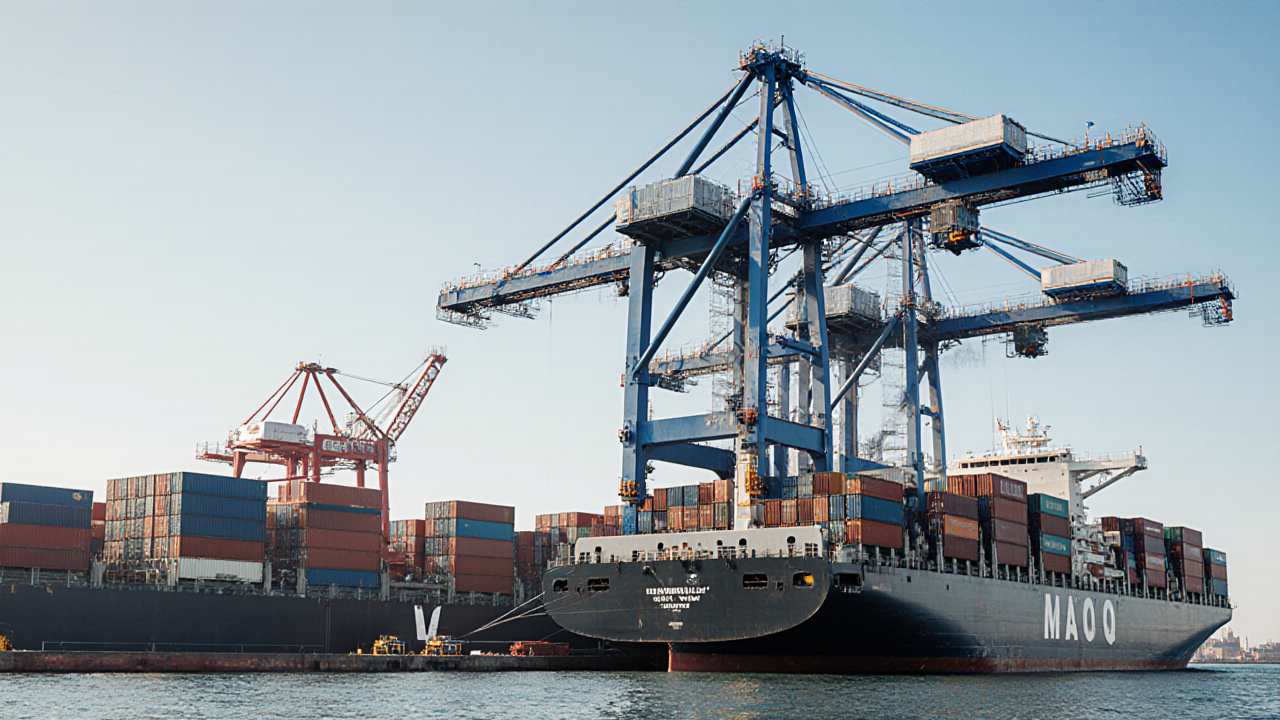
When a major port opted to pay crane tariffs instead of risking a USTR fee, it underscored a growing trend in supply chain risk management: the willingness to absorb predictable costs to avoid unpredictable penalties. The USTR fee, which can reach 10 % of a shipment’s value, has become a looming threat for carriers and shippers alike, prompting leaders to rethink how they structure their logistics contracts. By front‑loading the crane tariff, the port not only secured a smoother flow of goods but also demonstrated the value of proactive cost control in a volatile tariff environment.
This decision signals that the traditional “pay‑as‑you‑go” model is giving way to a more strategic, data‑driven approach. Supply chain executives now routinely map tariff exposure across their entire network, using predictive analytics to forecast fee spikes before they materialize. The insights gained from such modeling allow companies to negotiate more favorable terms with ports and carriers, turning what was once a reactive expense into a controllable variable.
Technology is at the heart of this shift. Real‑time dashboards that integrate port fee schedules, carrier rates, and customs compliance data enable leaders to spot emerging fee risks hours before they hit the books. By layering machine‑learning algorithms on top of these dashboards, firms can simulate scenarios—such as sudden tariff hikes or regulatory changes—and quantify their impact on the bottom line. This level of foresight is proving essential for maintaining operational excellence while safeguarding margins.
Beyond cost, the move to prepay crane tariffs has sustainability implications. Efficient crane operations reduce idle time, lower fuel consumption, and cut greenhouse gas emissions. When ports invest in high‑efficiency equipment and smart scheduling, the resulting energy savings translate into measurable environmental benefits. For shippers, partnering with ports that prioritize green crane technology can enhance brand reputation and align with global sustainability targets.
From a global perspective, local market nuances continue to shape tariff strategies. In regions where trade policies are rapidly evolving, firms that embed local market intelligence into their global planning processes gain a competitive edge. This blend of macro‑level data with micro‑level insights ensures that supply chain leaders can navigate both international trade regulations and country‑specific fee structures with confidence.
Actionable takeaways for senior operations leaders are clear. First, conduct a comprehensive audit of tariff exposure across all ports and carriers, and model the financial impact of different fee scenarios. Second, negotiate flexible contract terms that allow for cost adjustments based on real‑time tariff changes. Third, invest in digital tools that provide end‑to‑end visibility into fee structures and operational performance. Finally, partner with ports that demonstrate a commitment to sustainable crane operations, reinforcing both cost efficiency and environmental stewardship.
In sum, the decision to prepay crane tariffs reflects a broader industry shift toward proactive, data‑centric risk management. Supply chain leaders who embrace this mindset—leveraging advanced analytics, fostering local market understanding, and prioritizing sustainability—will be best positioned to navigate tariff volatility while maintaining operational excellence and protecting their bottom line.
Loading comments...